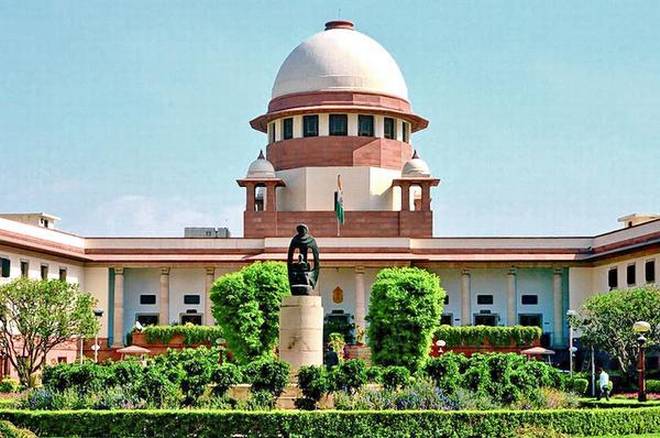The Supreme Court has held that future prospects of an accident victim, including his/her likely advancement in life and career, should be taken into consideration while applying the multiplier method in computing motor accident compensation.
A three-judge bench of the apex court, comprising of Justices Sanjay Kishan Kaul, Ajay Rastogi and Aniruddha Bose made the observations, while also allowing an appeal and holding the appellant entitled to the compensation along with simple interest from the date of application till the date of payment.
The appellant, E. Priya, suffered a disability of 31.1 percent of the whole body in 2011 when she collided with a lorry while travelling. She then filed a claim petition under Section 166 of the Motor Vehicles Act, 1988 before the Motor Accident Claims Tribunal, Madurai.
Considering the permanent disability of 31.1 percent the Tribunal applied the multiplier method to calculate the loss of earning power and found the State Corporation liable to pay Rs 35,24,288 interest at 7.5 percent per annum from the date of petition till the date of realization.
The State Corporation moved the High Court in appeal against the order which was partly allowed and reduced the compensation to Rs 25,00,000. The compensation was reduced on the ground that the multiplier method for quantifying loss of earning power had been wrongly applied. The calculation was found incorrect by the high court since it wasn’t brought on record as to how the injuries that were suffered by the appellant would have effect her earning capacity as a software engineer.
The appellant, therefore, challenged the high court’s order and argued that her compensation should be enhanced even over and above what was granted by the Tribunal.
The apex court allowed the appeal and held that she will be entitled to the compensation of Rs 41,69,831 as claimed, along with simple interest at the rate of 9 percent per annum from the date of application till the date of payment.
The court cited the judgement of a Constitution Bench in the case of Sarla Verma and Others vs Delhi Transport Corporation and Another, where it was held that in the age group of 15- 25 years, the multiplier has to be 18 along with factoring in the extent of disability.
In the present case, since this position was not really disputed by counsel for the respondent State Corporation it was concluded that the multiplier to be applied in the case of the appellant has to be 18 and not 17.
The court cited judgement in the Sandeep Khanuja case where it was opined that the multiplier method was logically sound and legally well established to quantify the loss of income as a result of death or permanent disability suffered in an accident. The order had also noted that while applying the multiplier method, future prospects on advancement in life and career are also to be taken into consideration.
The Court therefore found merit in the contention of the appellant and noted that principles with regard to future prospects must also be applied in the case of the appellant taking the permanent disability as 31.1 percent. The quantification of the same on the basis of the judgment in National Insurance Co. Ltd. case, considering the age of the appellant, would be 50 percent of the actual salary in the present case.
Read Also: Contempt petition: AG seeks time, when Supreme Court asks why 4G has not been restored in J&K
Read the Judgment here;
8915_2018_37_1501_23116_Judgement_27-Jul-2020– India Legal Bureau


